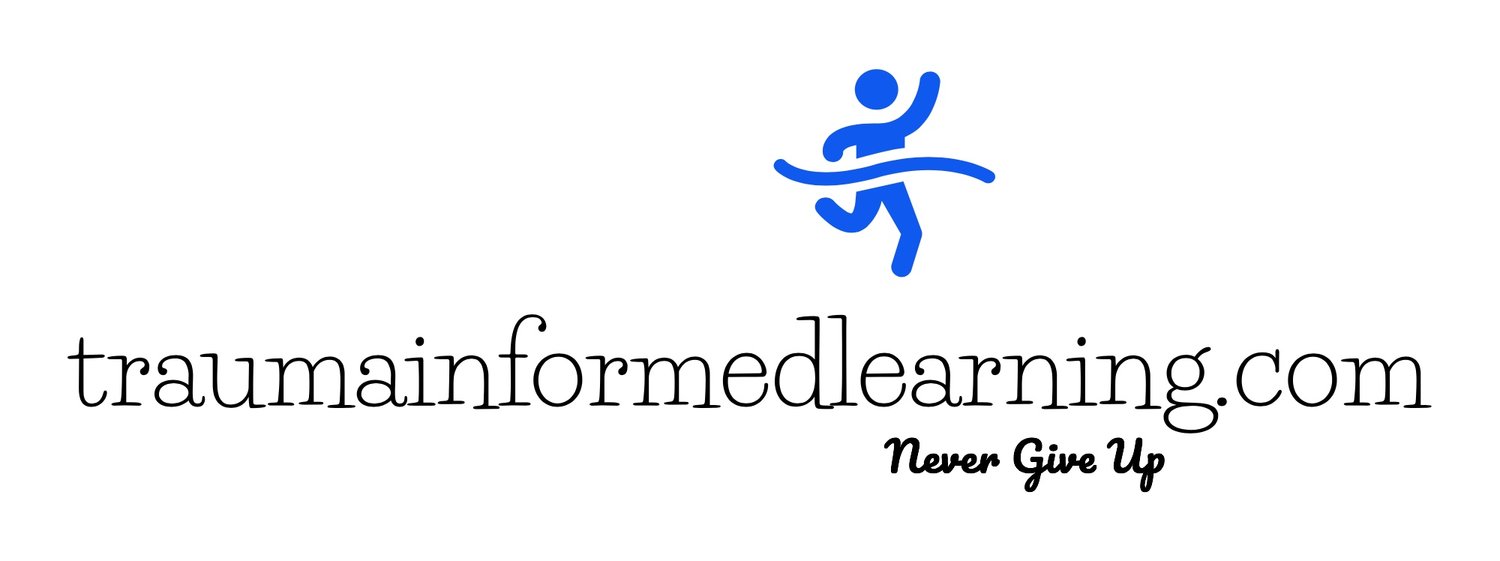Bullies: Unhidden Triggers
I recently came across a local Facebook post from a mother whose child had been attacked by another student on the way home from school. She described in her post that this had been an on-going bullying issue. The mother even displayed graphic pictures of her child's injuries.
This post as you can imagine generated hundreds of outcries from the community. The outcries may have taken some school administrators and board members by surprise. But, there really is a logical reason to this level of public outrage: Bullying awakens the deepest of all emotions in all of us.
What I learned from my work and research as a trauma-informed school design-thinker/coach is that we all have triggers. Many adults go through their entire life never knowing what unresolved issues or “triggers” they may carry with them. You probably know a few; the ones that seem to always have a chip on their shoulder. I’m guessing from the hundreds of heated comments from that Facebook post it may have reactivated many of those deep emotional memories or scars.
As I read this mothers post, I could feel her pain within myself. More specifically, how could anyone witness another human being getting hurt or go through an injustice and do NOTHING? That's a larger question constantly being asked in our society.
Schools that embrace social and emotion learning (SEL) into their curriculum can make a huge difference in this social dilemma. For instance; creating cultures where children learn to be upstanders rather than bystanders? It's a tough and real life test for building empathy.
What the research tells us with these traumatic events is they tend to be lodged or stuck within our memory. Which goes back to the hundreds of comments this Facebook post elicited.
The worst reaction a school can do is responding publicly with one of those "we don't have a bullying problem at this school" or any number of similar suggestive answers that dehumanize the emotional feelings of these victims.
Those responses not only show the insensitivity for the victim (lack of empathy), but it also becomes counterintuitive with the "hurt to healing" process. Stated in another way: I wouldn't dare challenge my wife's emotional response to watching a Hallmark Card commercial. That is "her" emotional reaction and not something for me to take away or re-define for her. So, why do we feel the need to challenge a child's emotional response to an event that had caused him/her to be harmed? The simple response in all of these events is to apply empathy and love.
Safety: Maslow describes it as one of our basic needs. As educators we owe it to our students to provide safe learning environments for ALL. Creating trauma-informed school environments can be a "sea change" for building healthy school cultures.
Instead of asking "what's wrong with you" which tends to lead toward zero-tolerance policies/practices; we can offer a much healthier alternative with "what happened to you." You will be amazed how that one question sets in motion a prescription for change! To be clear: This is a rhetorical question. I'm not suggesting to actually ask the student "what happened to them" in the case of those children that you suspect of experiencing some type of severe abuse. That question could re-trigger emotions. We save those conversations for trained therapists. You are approaching every student from a prospective that their behavior is serving as their communication tool. As a former Principal, I didn't need a complete medical history of my office discipline frequent flyers to know that these children had underlying triggers.
This latter approach not only validates the emotions of those children sending out the bullying cries, but it also sets in motion a healing process for all parties involved (restorative practices). Assigning exclusionary punishments may seem like the logical response for school administrators to help bullying victims out in these cases. However, for many victims, it doesn't provide complete closure; leaving them with fears of retribution the first time they find themselves alone again with their bully. Many go on to play the exhaustive avoidance game; fearful, and always looking over their shoulder.
Restorative practices doesn't remove the consequences for the bully, which is one of those fallacies many have led to believe. In many cases, where the go-to consequence would have been long-term suspension for the bully; restorative practices, actually requires a lot more effort with healthier outcomes for all.
Bullying comes in many forms. be sure to Check out these helpful links below:
Click here for Bully-Free resources for schools
Click here for Restorative Practices and Bullying Prevention
Click here for Nate Burke TedX Bystander Intervention
As always; Never Give Up Hope! Your stories of adversities can provide the strength someone is needing to hear right now!
Please share in the comments below YOUR success stories.
Please contact your local & state school boards to advocate for additional funding for mental health professionals with an emphasis on social and emotional learning (SEL) in our schools! Language and the pre-frontal cortex (executive functioning) gets shut down when our emotional regulation (lower brain) is out of sync.
The bottom line: If your looking to raise student achievement and your effort doesn't begin with the lower (emotional) brain, you are wasting valuable time and money.





